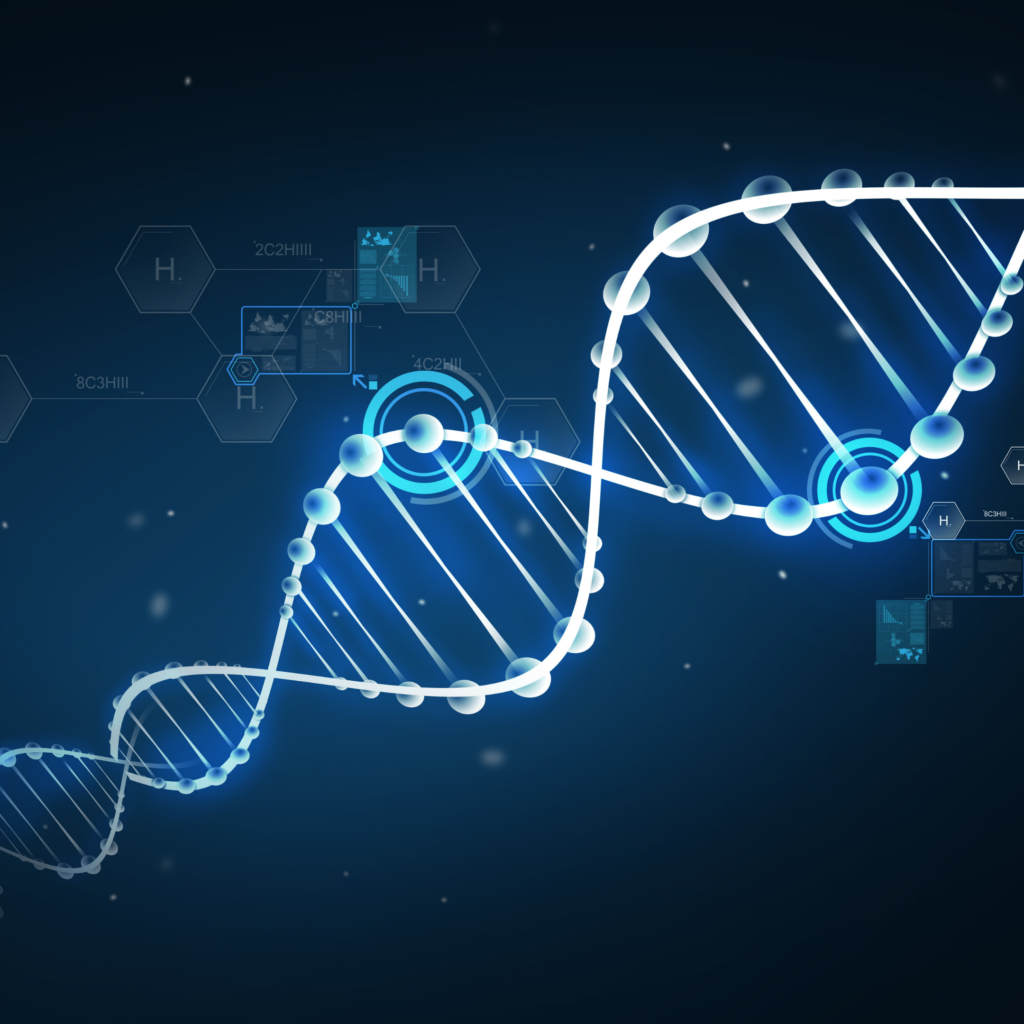On Friday last week, the Australian Energy Market Commission (AEMC) released a draft report outlining changes required to the gas and energy retail rules to allow hydrogen and renewable gases into the Australian market. This is the next critical step as Australia transitions from a carbon economy to a cleaner economy. The next step for the gas industry is the development of a national hydrogen and renewable gas industry with associated strategies, policies and procedures.
The AEMC’s recommendations have been made to allow for the more efficient delivery of new services through the operation of markets that enable new entrants to emerge and for efficient investment to be undertaken. Other recommendations allow for: continued innovation in developing new services for customers, the implementation of recommendations that aim to be fit for purpose and proportionate to the issues they seek to address and achievable for market participants, provide clarity on the roles and responsibilities for the quality, safety, reliability, and security of supply of gas, to maintain operational safety of infrastructure and customer equipment and appliances, and allow existing consumer protections to be maintained during the transition to the increasing use of hydrogen and renewable gases.
In its draft recommendations, the AEMC argue the importance of setting up a national regulatory framework to allow the blending of existing gas networks with low level hydrogen and renewable gases. This framework needs to cover pipelines and infrastructure all the way to the end users.
Key draft recommendations are to:
- extend the economic regulatory framework
- extend the market transparency mechanisms of the Gas Statement of Opportunities (GSOO), the Gas Bulletin Board, the Victorian Gas Planning Report, new AER gas price reporting functions and reporting obligations for non-pipeline infrastructure
- streamline the arrangements for the Short-Term Trading Market (STTM)
- adapt the Victorian Declared Wholesale Gas Market (DWGM)
- allow new services and commodities to be priced or traded within the retail gas markets
- enable consumers to be informed about the transition to natural gas equivalents
- retain the new regulatory sandbox rules in their current form
- provide an exemption framework for minimum ring-fencing requirements, including the regulator’s power to impose additional requirements and the associated contract approvals process.
We are all becoming more aware of the possible usages of Hydrogen, but this is only one gas that can be used as low carbon, low or zero-emissions fuel used in businesses and homes so the regulatory framework needs to accommodate for these possibilities.
In the short term, the gases flowing through the pipes and infrastructure will be natural gas equivalents but, over time, different blends will be introduced.
The natural gas equivalents mean that end users will not be required to change their appliances to utilise this new gas blend meaning the impact on end users will be minimal.
As these recommendations are brought into law, the likes of AEMO will need to update procedures across the various gas markets including the Short-Term trading market (STTM) and the Declare wholesale gas market (DWGM).
Although the government sees these reforms as a priority under the Australian Government’s National Hydrogen Strategy by providing the delivery of an efficient, safe, and secure network of gas to the benefit of consumers, the question needs to be asked, is gas the right direction to be going as Australia is currently moving away from gas towards electrifying many industrial processes.
The AEMC and AEMO are currently running stakeholder consultations in parallel with relevant consultations which are open for submission until 19 May 2022.
The final report will be published on 8 September 2022 with a set of rules for the Energy Ministers to approve by 14 November 2022.

